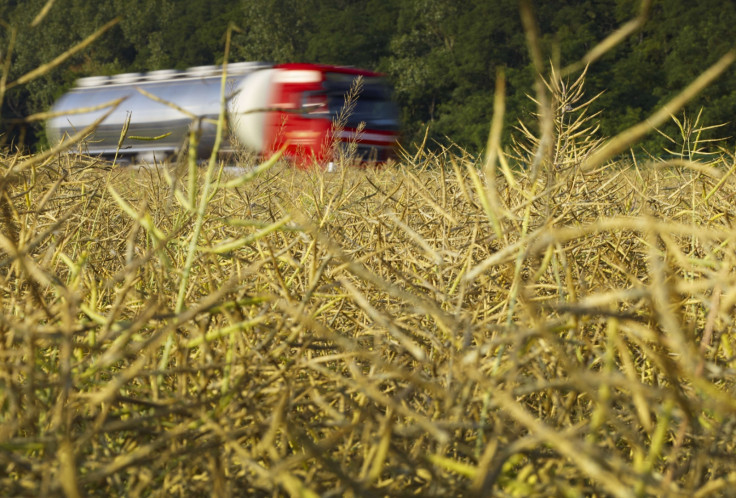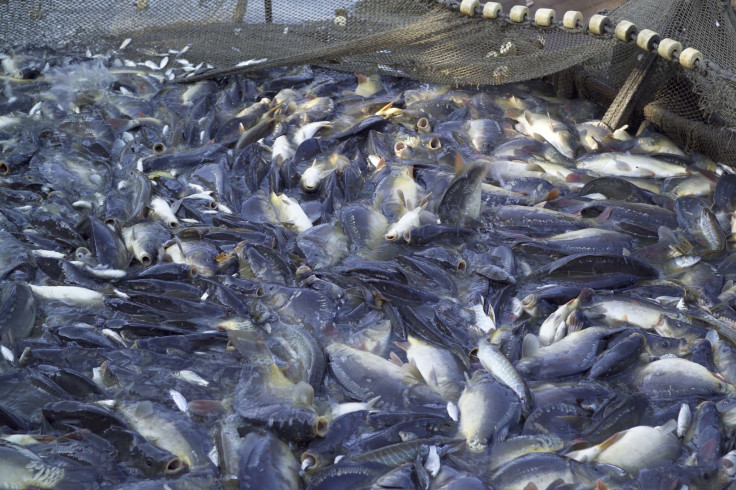Most crops and animal products have seen peak production; researchers warn of limited resources

Most of the key commodities the human race needs for food and must harvest, have already peaked, says a study that looked into the sustainability aspect of renewable natural resources.
The team comprising ecologists and economists from Helmholtz Centre For Environmental Research - UFZ, Yale University and Michigan State University examined 20 renewable resources, such as maize, rice, wheat or soya, which represent around 45% of the global calorie intake, besides animal products, such as fish, meat, milk and eggs.
It was seen that all 20 resources had a peak-year and for 16 of the 20 resources the peak-year lay between 1988 and 2008 -- an extremely narrow range.
The peak or maximum growth rate for 18 of the 20 resources was around the year 2006.
The maximum global growth rate in crop yields for soybean was in 2009, for milk it was 2004, for eggs it was 1993 and for fish it was 1988.
Many of the peak-years are synchronised as global population growth and a changing diet were major drivers in rising demand for resources.
"The global community needs to accept that renewable raw material are also reaching their yield limits worldwide," says Dr Seppelt, Head of the Landscape Ecology Department at the UFZ.
While breeding techniques and genetic engineering can improve yields by one to two percent, it will be difficult to enhance renewable raw material.
Already, scientists have warned of stagnating crop yield per area with maize, wheat, soya and rice on more than a quarter of the farming area around the world.
Instead of expecting the scarce resources to be replaced by other resources ad infinitum, it might be a better choice to use resources like water and fertilisers more efficiently.
"At the individual level, we can start by preferring a vegetarian diet, or eating chicken instead of beef," opines Dr Seppelt.

© Copyright IBTimes 2025. All rights reserved.





















